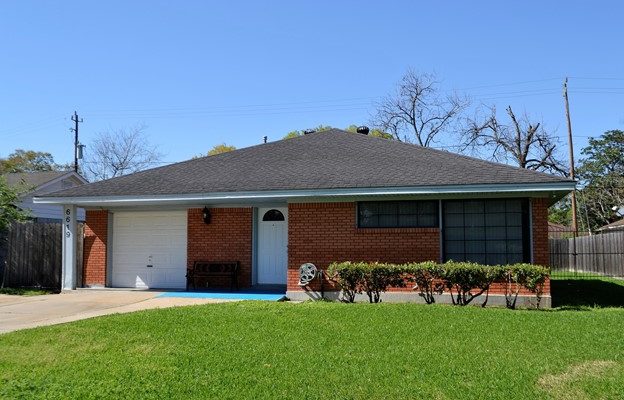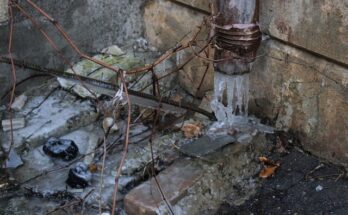Circulating accumulated hot air around your roof during the summer is an essential step to ensuring longevity in both your roof and house structure. Without the proper regulations, humidity has the potential to build up, causing rot and molding. Excessive moisture can also lead to more dangerous consequences such as the warping of the roof deck (the wood under the shingles) and deterioration of the shingles themselves. Though the process may seem daunting, guaranteeing proper ventilation of your roof and attic area in the summer may be more simple than you think.
There are two components to a full roof or attic ventilation structure: exhaust and intake. The hot air that rises to the top of your house — the air containing bad moisture — will continue to build to dangerous levels without the installation of an exhaust vent. Due to the natural tendency of this hot air to rise to the highest point in the house, these vents are generally placed near or at the top of the home’s roof. One of the most common types of exhaust vents is the ridge vent, which will be described in detail below. The second component is the intake vent, which helps to bring in cooler outside air to force out the accumulated hot air. These vents are placed at a lower point from the exhaust vents. Soffit vents are one of the most popular options here.
What is a ridge vent? As the name of the vent indicated, a ridge vent or continuous vent is a commonly used exhaust system placed on the ridge of your roof. This type of ventilation is covered with shingles, making the aesthetic factor appealing to some homeowners. Ridge vents, unlike other exhaust systems, do not require other pieces of intake equipment to be effective. It is often paired with an intake system, but is not dependent on it (if you have the option to install an intake vent, this is always the recommended option). While ridge vents do have numerous benefits, they are not ideal for every home.
What is a soffit vent? Soffit vents are typically placed underneath the overhangs of a roof allowing for fresh air to enter an attic space. Installing an intake vent as well as an exhaust vent will increase system efficiency and further save money on air conditioning costs during the summer months. Be sure to confirm any regulations on soffit vents within residential homes that are in place in your area.
Image by F. Muhammad from Pixabay




